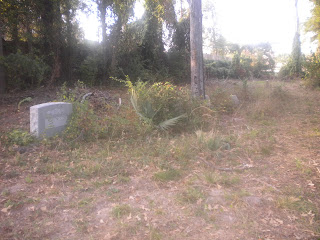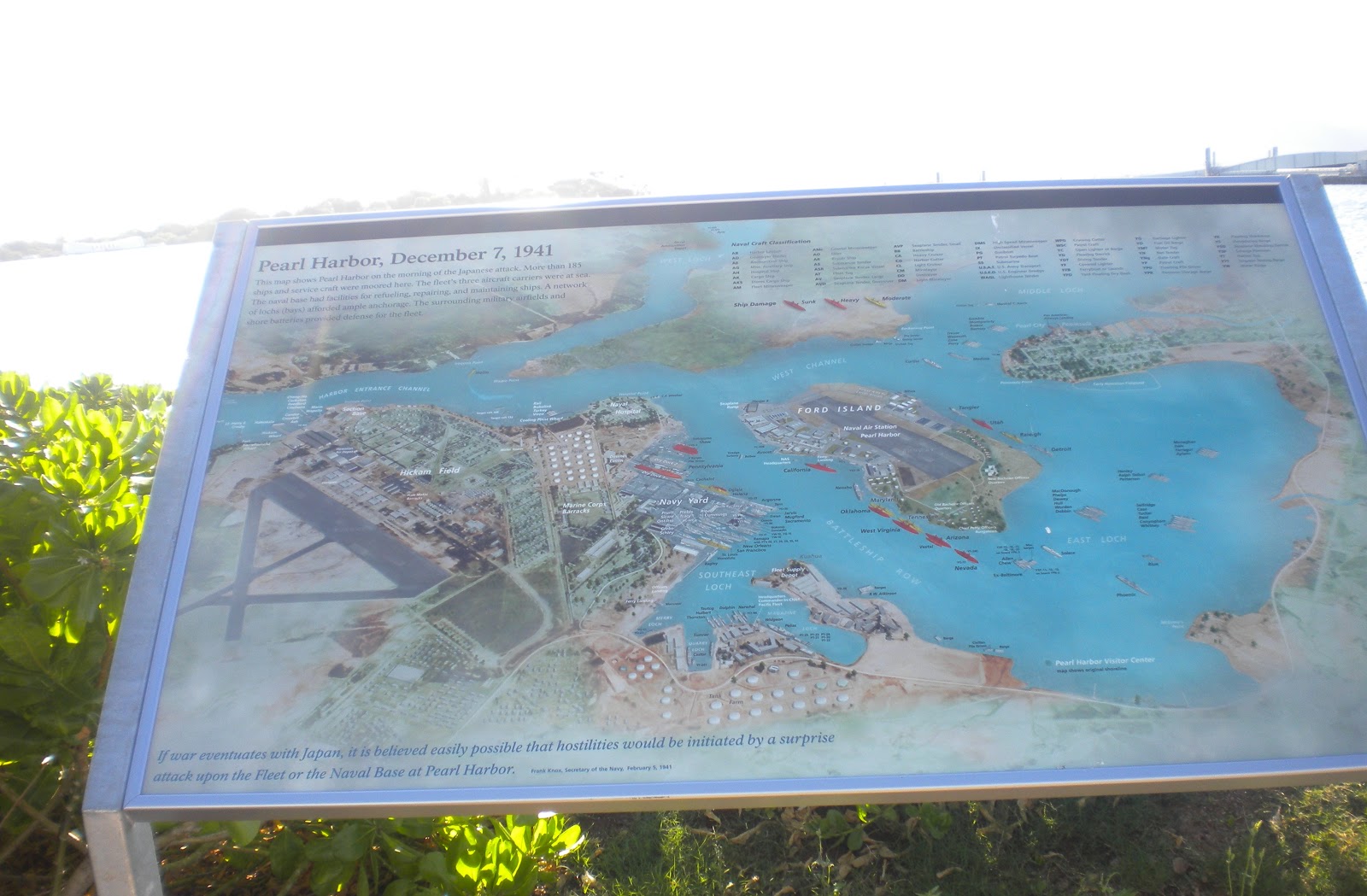This cementery is close to my house, it is on the right side of Jones Road after you cross the bridge (traveling from Louetta to Cypresswood). It is very interesting because it seems abandoned. A few weeks back, I went and I took some pictures of the tombstones. Then, I started to look on the internet trying to find more about the cemeteary and I found this:
"In 1865, many freed slaves from Alabama and Mississippi came to Houston. Originally they settled in West Houston, but several families saved their money that they earned and purchased farmland in this area. Two of these families were the Woods and the Blackstocks. They built a church, school and cemetery and became successful farmers. The land for this cemetery was donated by pioneer, Willis Woods."
There is also a great website about this community's history.
Census research shows the following: Strong Blackstock came from Mississippi as a freed slave. He married Daphne, also from Mississippi, and their first child was born in Texas in 1867. Their children were: Eliza (b. 1867), Linnas (b. 1872), Hannah (b. 1873), Mary (b. 1879), Strong, Jr. (b. 1886) and Leona (b. 1894). His wife Daphne was still alive in 1930, living with her daughter Leona and her family. Son, Strong, is buried in this cemetery.
NAME
|
B. DATE
|
D. DATE
|
INSCRIPTION
|
| AMSTEED, Jane | Nov. 18, 1848 | Age 56 | |
| BLACKSTOCK, Strong | Jul. 14, 1880 | Nov. 30, 1920 | |
| RAYMOND, Polly | 1873 | ||
| WILLIAMS, Ed | Mar. 29, 1879 | Feb. 25, 1915 | |
| WILLIAMS, Essie K. | Jun. 20, 1881 | Jan. 27, 1908 | Age 27 yrs |
| WILLIAMS, L. | Dec. 27, 1854 | Jun. 13, 1928 | |
| WOODS, Jacob | Dec. 3, 1875 | Apr. 14, 1937 | |
| WOODS, Jake | May 30, 1851 | Aug. 13, 1925 | |
| WOODS, Rozelia | Jun. 30, 1854 | Sept. 11, 1922 | |
| WOODS, Zelma | Feb. 22, 1901 | 9-May-25 | Has "Stewart" on bottom of stone |

Source: Ancestry.com













































